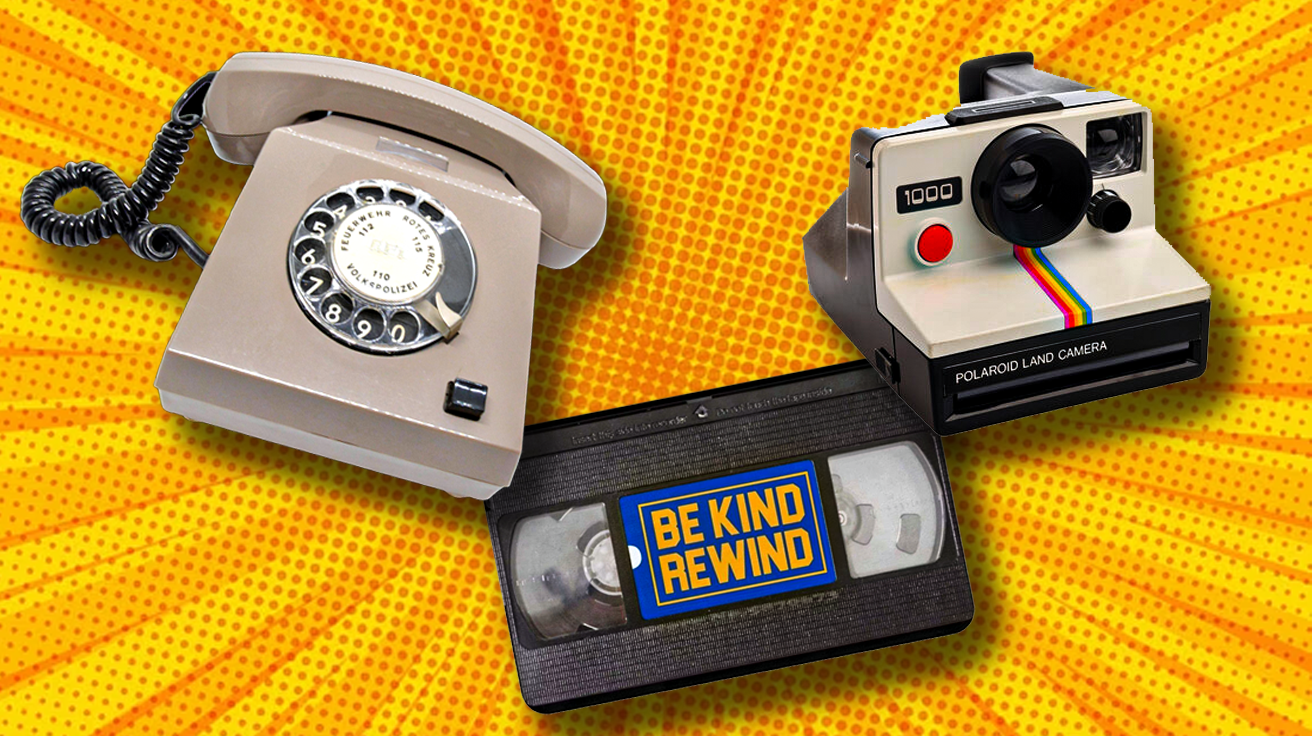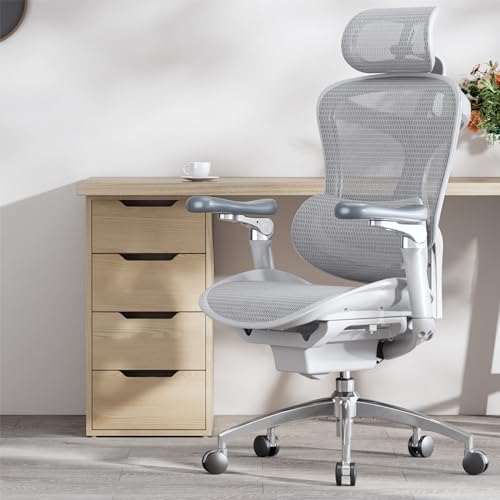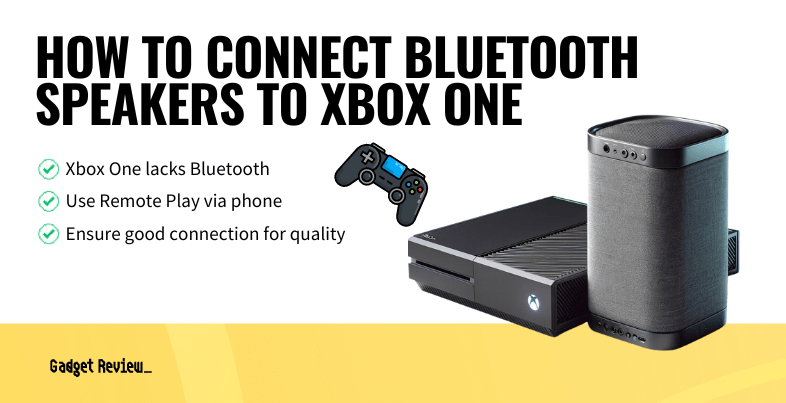On December 31, 1989, millions of Americans made their last phone calls from airport smoking lounges – a snapshot of everyday life that vanished as the 90s dawned. The 1980s marked humanity’s last analog decade, filled with experiences that required physical presence, manual dexterity, and raw human interaction. Your afternoons meant skillfully untangling tape from a chewed-up cassette with a pencil, coordinating meetups without cellphones, and mastering the delicate art of recording Star Wars on six perfectly-timed VHS tapes. From payphone protocols to mall culture rituals, these 19 vanished experiences paint a vivid picture of an era when technology served human connection rather than replaced it.
19. Riding In The Back Of Pickup Trucks

Children across America regularly rode in pickup truck beds during family outings and neighborhood events. The open-air experience gave riders a unique view of the world, with the wind whipping through their hair at every turn. Parents often cushioned the metal truck bed with blankets and pillows for comfort during longer trips. Safety concerns and changing regulations ended this common practice by the early 1990s, transforming it from an everyday activity into a cherished memory of a less restricted era.
18. Playing With Jarts

Jarts dominated backyard entertainment with their distinctive combination of darts and horseshoes. These lawn darts featured weighted metal tips that allowed players to arc them gracefully toward plastic ring targets. Families gathered for hours of competitive outdoor play, developing techniques to master the perfect throw. The Consumer Product Safety Commission banned their sale in 1988 due to safety concerns, making original sets highly sought-after collectibles today.
17. Smoking On Planes

Airline passengers freely lit up cigarettes at 30,000 feet throughout the 1980s. Every armrest included a small metal ashtray, and cabins featured designated smoking sections separated by invisible boundaries. Flight attendants sold cigarettes directly from duty-free carts during international flights. The practice ended in 1990 when Congress banned smoking on all domestic flights, marking a major shift in public health policy.
16. Video Rental Stores

Local video stores served as social hubs where movie enthusiasts gathered to discover new releases. Staff members memorized hundreds of titles and offered personalized recommendations based on customers’ viewing histories. The familiar “Be Kind, Rewind” stickers reminded renters to prepare tapes for the next viewer. Late fees, membership cards, and Friday night rental rushes created a unique culture that streaming services cannot replicate.
15. Parachute Pants

These shiny nylon pants captured the essence of 1980s street fashion with their distinctive swooshing sound. Breakdancers particularly favored them for their durability and ease of movement during floor routines. Multiple zippered pockets provided practical storage while maintaining the sleek silhouette dancers needed. The pants required special care to maintain their characteristic sheen, with owners often storing them separately to prevent snags.
14. Rotary Phones
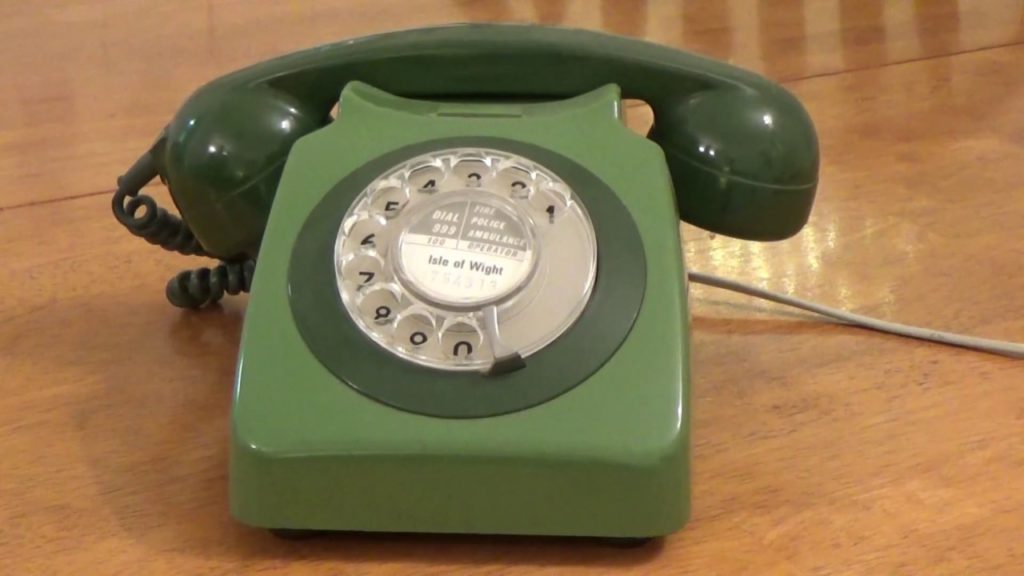
Rotary dial phones connected millions of Americans through the satisfying physical action of dialing each number. The phones’ heavy bases contained real bells that produced distinctive rings unique to each model. Users developed muscle memory for frequently called numbers, often becoming speed-dialing experts. These durable devices lasted for decades without requiring replacement, with many families keeping the same phone throughout their children’s entire childhood.
13. The Walkman

Sony’s iconic Walkman revolutionized personal music by introducing truly portable stereo sound to everyday life. Users mastered the art of flipping cassettes mid-jog and perfected the technique of conserving AA batteries during long listening sessions. The distinctive orange foam headphones became a status symbol in schools and on city streets. Each Walkman owner developed a unique ritual of cleaning the tape heads with cotton swabs and alcohol to maintain optimal sound quality.
12. Arcades
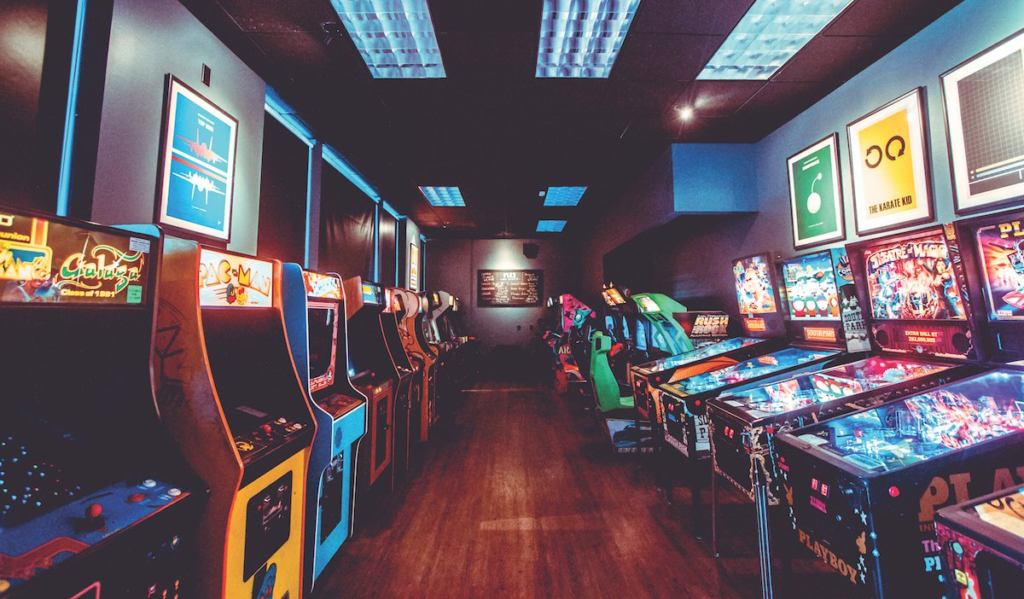
Video game arcades transformed shopping malls into vibrant social spaces where skilled players drew crowds of spectators. Regulars memorized the patterns needed to maximize their quarter’s worth of gameplay on machines like Pac-Man and Defender. The distinctive sounds of electronic beeps and synthesized music created an atmosphere unique to these dimly lit spaces. Arcade-goers developed their own etiquette, from quarter-stacking to signal next turns to sharing secret moves with newcomers.
11. Saturday Morning Cartoons

Television networks dedicated entire Saturday mornings to cartoon programming, creating a weekly ritual for millions of children. Kids planned their mornings around specific show times, often waking up early to catch favorites like ThunderCats and The Smurfs. Parents used these predictable programming blocks to catch extra sleep while their children enjoyed supervised entertainment. The experience united an entire generation through shared viewing experiences that modern streaming cannot replicate.
10. Sending Letters
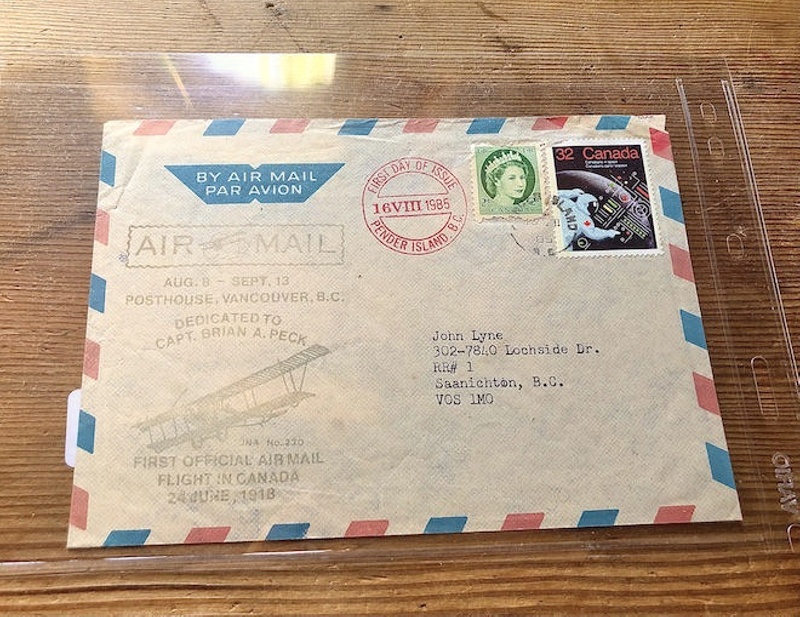
Letter writing served as the primary form of long-distance communication, requiring thoughtful composition and patience. People developed distinct penmanship styles and kept collections of specialty stationery for different occasions. The arrival of personal letters brought excitement to daily mail checks, with many saving cherished correspondence for decades. Writers learned to pack maximum meaning into each page, knowing responses might take weeks to arrive.
9. Seat Belt Laws
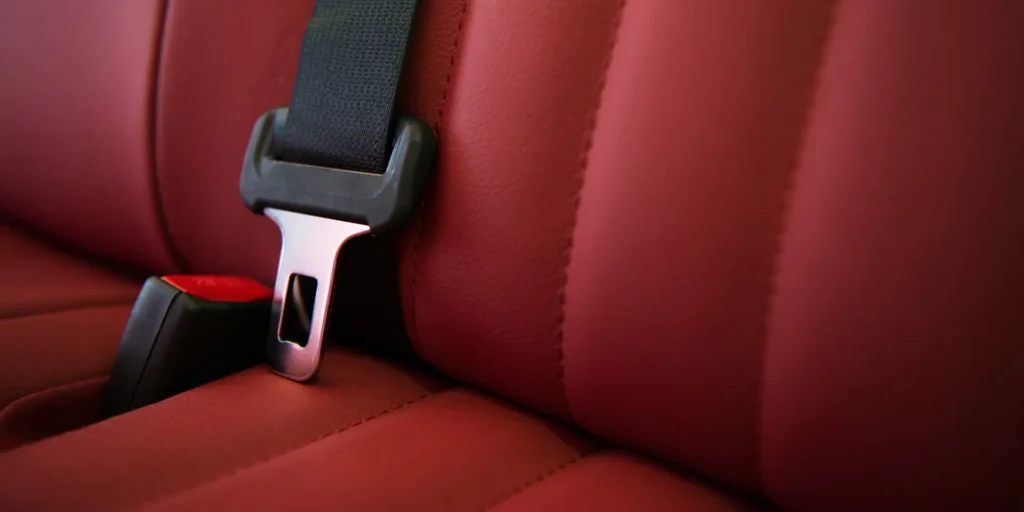
Drivers in the 1980s often treated seat belts as optional equipment rather than essential safety gear. Children freely moved between front and back seats during road trips, creating memories of unrestricted car travel. Parents commonly drove with babies in their laps or in unsecured car seats. The introduction of mandatory seat belt laws in the late 1980s marked a fundamental shift in automobile safety culture.
8. Homemade Halloween Costumes
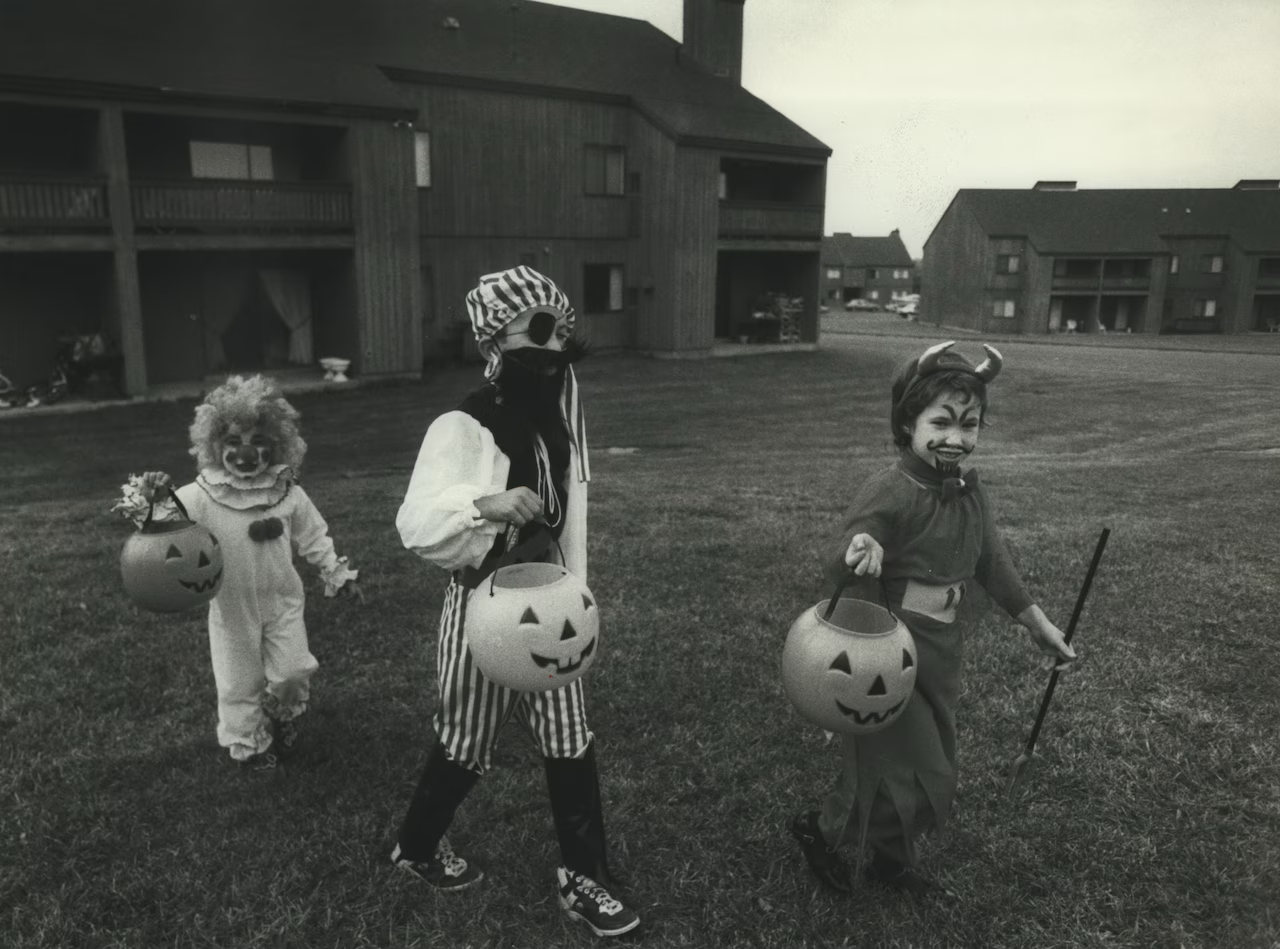
Parents and children collaborated to create unique Halloween costumes using household materials and imagination. Basic supplies like cardboard boxes, aluminum foil, and face paint transformed into elaborate character designs. Families passed down costume-making techniques and shortcuts through generations of trial and error. The process of costume creation often started months before Halloween, with kids sketching designs and collecting materials throughout the year.
7. Prank Calling

Phone pranksters relied on anonymity provided by analog phone systems to execute their mischievous calls. Teenagers gathered around landline phones after school, taking turns dialing random numbers from the phone book to practice their best character voices. Popular routines included asking if someone’s refrigerator was running or requesting Prince Albert in a can. The introduction of caller ID in the late 1980s gradually ended this widespread form of entertainment.
6. Candy Cigarettes

Chalky white candy sticks packaged in realistic-looking cigarette boxes dominated corner store candy displays. Children mimicked adult smoking behaviors with these treats, even learning to hold them between their fingers like real cigarettes. The powdery texture created a puff of sugar dust when blown on, simulating smoke for young customers. Changing social attitudes about smoking led to the rebranding of these candies as “candy sticks” in later years.
5. Asbestos Use

Construction projects routinely incorporated asbestos materials for insulation and fireproofing throughout buildings. Hardware stores sold asbestos-containing products directly to homeowners for DIY projects and repairs. The material’s superior fire resistance and insulating properties made it a standard component in everything from floor tiles to popcorn ceilings. Scientific evidence about health risks led to strict regulations by the late 1980s.
4. Free Range Parenting

Children roamed their neighborhoods freely from morning until sunset, checking in only for meals. Parents expected kids to solve their own conflicts and navigate social situations without adult intervention. Bicycle adventures could span several miles from home without causing parental concern. Kids developed independence through unsupervised play and learned to rely on their own judgment.
3. Play Videos on Betamax

Betamax offered superior video quality and durability compared to its VHS competitor in the early 1980s. Sony’s format attracted videophiles who appreciated its sharper picture and more stable image. Professional broadcasters continued using Betamax equipment long after the format lost the consumer market. The format’s gradual disappearance from retail shelves marked a pivotal moment in home entertainment history.
2. The Polaroid Camera

Instant photography captured spontaneous moments with a distinctive chemical process that developed before viewers’ eyes. Party hosts passed around their Polaroid cameras, creating immediate souvenirs for guests to take home. The characteristic whirring sound of a photo emerging became a signal for groups to stay posed for a few extra seconds. Each photograph required careful timing, as shaking or touching the image too soon could ruin its development.
1. Typewriters

Office workers mastered the rhythmic keystrokes of manual typewriters, developing precise finger strength for consistent impressions. The distinctive sound of typing filled office spaces, punctuated by the satisfying ding of the carriage return at the end of each line. Carbon paper allowed typists to create multiple copies simultaneously, requiring careful alignment and steady pressure. Professional typists took pride in their words-per-minute speeds and ability to type without looking at the keys.

